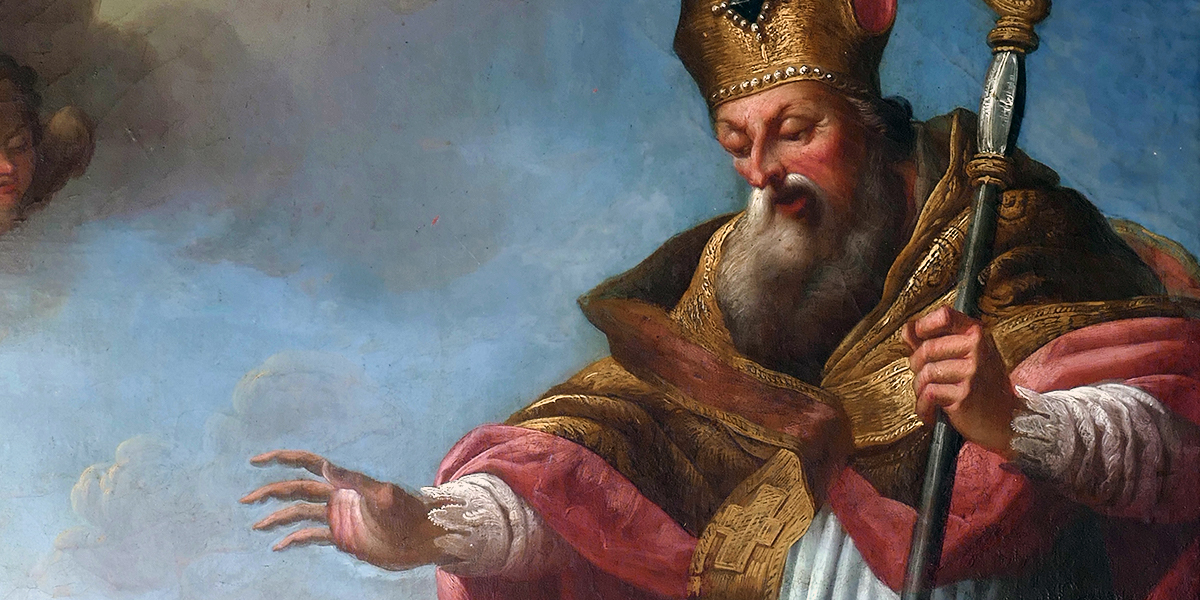Valentine’s Day, also known as Saint Valentine’s Day or the Feast of Saint Valentine, is an annual holiday observed on February 14. Valentine’s Day dates back to ancient Rome, where a festival called Lupercalia was held in mid-February to celebrate fertility and the arrival of spring. The festival included gifts and love notes, as well as romantic pairings.
The holiday’s association with romantic love originated with Saint Valentine, a Christian martyr. Although there were several St. Valentine’s in the early Christian church, the most well-known story depicts a priest named Valentine who lived in Rome during the third century. Legend has it Valentine defied the emperor’s marriage ban by secretly wedding young lovers, which eventually led him to being executed for his actions.
The association between love and Valentine’s Daybegan in the 14th and 15th centuries when people started exchanging love letters and gifts on February 14. The custom of sending Valentine’s Day cards became popular in the 18th century, and by the early 19th century, the holiday had become widely recognized as a day to celebrate love and romance.
St. Valentine’s Day evolved into a celebration of romantic love through the exchange of gifts, such as flowers, chocolates and cards, between partners. Today, the holiday is celebrated in many countries around the world and remains a commemoration of all types of love.
Valentine’s Day has also evolved into a major commercial holiday, with retailers and florists reporting significant sales increases in the weeks leading up to February 14. The greeting card industry also benefits from the holiday, as millions of cards are exchanged each year. In addition, people exchange chocolates, flowers and other gifts to express their love and affection for one another.
Valentine’s Day, despite its commercialization, remains an important and meaningful occasion for many people. People use the holiday to express love and appreciation towards their loved ones, whether they are in a romantic relationship or not. It creates a time for people to express their feelings and make meaningful connections with those who matter the most to them, from simple acts of kindness to grand gestures of love.
However, the day does have conspiracy theories associated with it. Some believe Valentine’s Day is a pagan holiday the Christian church co-opted, but this is not supported by credible historical evidence. While it is true that many ancient cultures, including the Romans, celebrated festivals related to love and fertility around the same time of year as Valentine’s Day, the holiday was first observed in 496 AD when Pope Gelasius declared February 14 a feast day in honor of Saint Valentine.
It is also worth noting many holidays and cultural traditions have evolved and adapted over time, and it is not uncommon for new religious or cultural groups to adopt or incorporate elements of existing celebrations into their traditions. In the case of Valentine’s Day, the holiday has been associated with romantic love and affection since the 14th and 15th centuries and is now an important part of Western culture.
Valentine’s Day is a holiday with a long history that has evolved into a widely recognized celebration of love, affection and appreciation. It remains an important day for people to express their feelings and connect with those they care about, whether it be through a thoughtful gesture, a special meal or a simple card.











Be First to Comment